Big Island, Hawaii is one of the best places to see lava up close. Hawaii’s largest island is home to the world’s most active volcano, Mt. Kilauea. However, as opposed to throwing its lava and rocks around in a big, destructive tantrum, Kilauea oozes its lava in a relatively peaceful manner. It crawls and it seeps in leisurely manner. This provides a rare opportunity for people to hike close to the fresh flow. As of a matter in fact, you can get close enough to accidentally step in it if you’re not careful enough.
These are the 2 things I want you to know right off the bat:
1. If you get a chance to walk right up to a flowing lava, close enough to poke it, DO IT. You are witnessing new land being born and it’s an incredible feeling.
2. Walking on lava rocks suck. Walking on lava rocks at night sucks even more. Your shoes will get shredded. But even then, it’s so worth it. See #1
On that note: be careful. Under headlamps it’s hard to tell where fresh lava has been. Even if it looks solid, don’t step on it. Often the crust hides hot lava underneath. At Jagger Museum in Volcano NP, you can learn what happened to a scientist who accidentally stepped into a pool of lava.
The current lava flows from Kilauea changes all the time. Some times it’s so far from the road as to make trekking to the flow inconvenient. Jack and I were lucky. When we were visiting the Big Island, the current lava flow was within a reasonable hiking distance; only 2 miles from the nearest road.
Unfortunately, the hike to get there requires hiking through private property. The owner decides to charge $120 per group to allow people to cross his property.
Fortunately, if you come after 10 pm there will be nobody to stop you from doing the 1.5 hour hike.
Hiking to See Lava in Big Island, Hawaii
As soon you get to parking lot (we parked by the guard shack), you can see the reddish glow in the horizon which acted as our beacon.
The hike was tough. Walking on lava rocks is big pain in the ‘okole. The terrain is covered with cracks and fissures – often 3-4 ft deep. On top of the challenging terrain, lava rocks are super sharp. They’ll chew up your shoes. They will shred your skin if you fall.
I had to concentrate all the time on where I put my feet. Soon I was getting a headache because I was straining so hard to see. For the longest time, I swear that glow was not getting any closer.
Tip: wear long pants and very strong headlamp
But when we finally got there, all the pain was forgotten. Because seeing lava up close is something that’s hard to describe. The land in front of us steams, glows, crackles, and sizzles.
It was beautiful as in Mordor is beautiful.
The heat was intense. We couldn’t get any closer than 5 ft from fresh flowing lava. As lava cools, it forms a thick layer on the surface, but we could see the lava underneath from the cracks in the crust – intensely bright against the ground in the night sky. Crackling noise fills the air.
Jack playing with the lava flow. The steam at the top right background is where the lava meets the ocean.
Fresh lava seeping from ground, courtesy of Kilauea, the world’s most active volcano – Big Island, Hawaii
We had a playground from hell in front of us and we had it all to ourselves.
We had a lot of fun with the lava
We found some discarded walking sticks on the way in that we poked the lava with. It catches fire almost instantly. We laugh. We prodded the lava some more.
Jack started throwing rocks at a spot of flowing lava just because he could. They fell in a silent thud. Lava is a lot thicker and heavier than it looks. It is, after all, molten rock.
We took lots of blurry pictures with our phones. (That night I learned that phones do not take good night time pictures.)
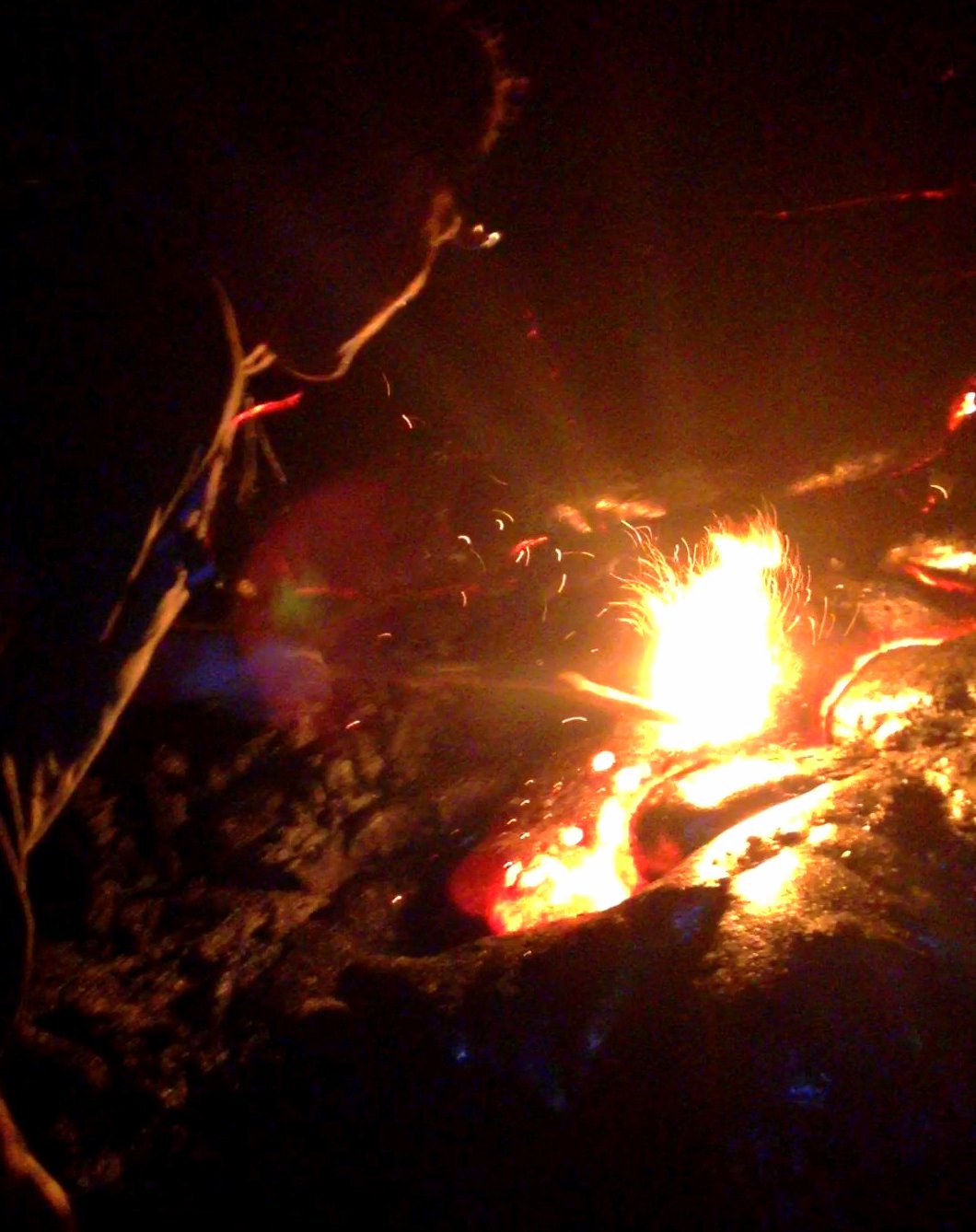
Here you can see Jack having way too much fun with lava
Hiking to See the Coastal Lava Flow
After abusing the poor lava flows inland, we made our way to the coast. I read somewhere that you can get really close to the hot spot where the lava drips down to meet the ocean – but we couldn’t get there that night. Not without stepping over newly formed crust still hot to the touch (it means there’s still lava underneath the crust).
It seemed too high of a risk. So we skirted around towards where we came from until we found ourselves at the edge of a 50 ft cliff.
As our gaze follow the coastline we saw thick plumes of steam as half a dozen lava waterfalls plunge 50 ft to the cold ocean. Even from quite a distance, the red glow of these molten rock waterfalls was striking. As the waves come in, bits of lava would get thrown in the air like a firework display.
I was watching new land being formed and it just blows my mind. I stood mouth agape for a very long time feeling incredibly lucky to be where I was at that very moment. What a beautiful planet we live on.
IMPORTANT
Follow highway 130 all the way to the very end. There was a sign that says “Authorized personnel only” – drive around it and keep going until you pass a row of porta potties. Keep going and you’ll see a guard shack. Park there.
Since the lava flow moves constantly, this post will be outdated pretty soon. Check with park rangers and locals about where the current flow is, and if you can make it there – your effort will not be wasted. We promise.
IMPORTANT – having a way to get back to your car is critical. Getting to the lava is the easy part, but finding your car in the dark 1.5 mi away is not so. If you don’t want to get trapped until sunrise, bring a GPS (we used MyTracks for Android)

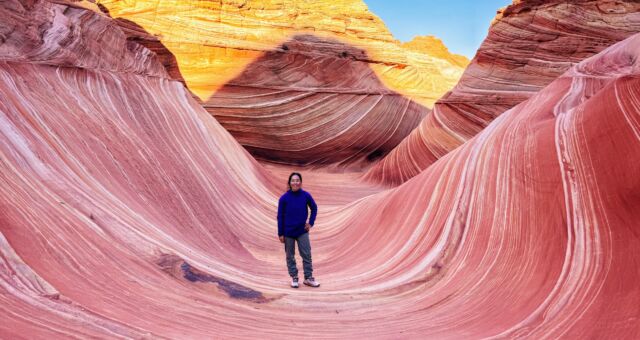
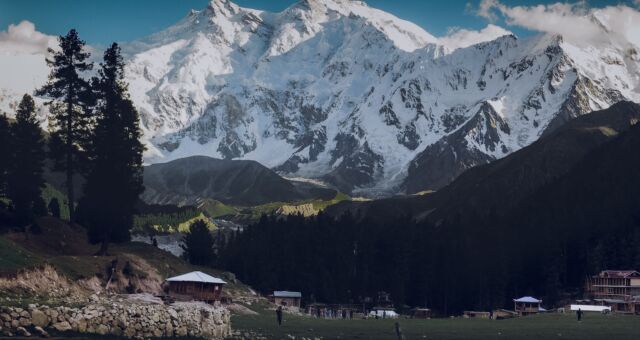
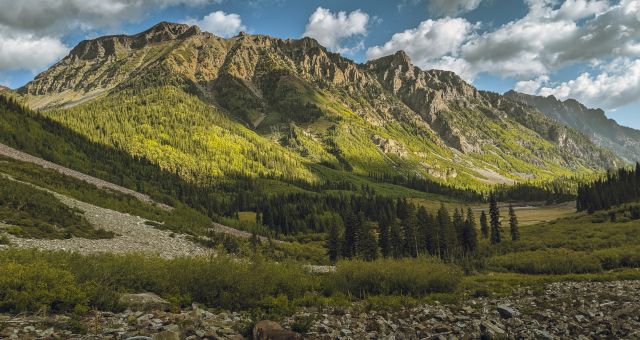
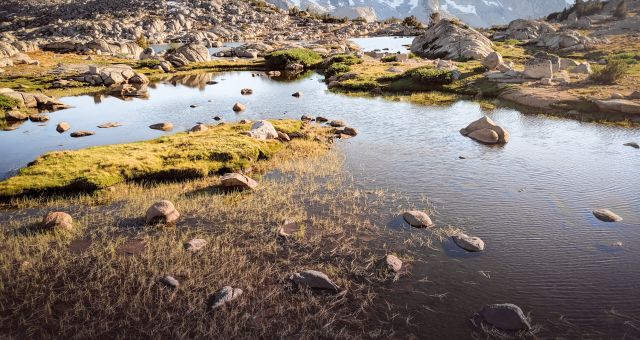
Questions and Comments
Comments are disabled. If you have any questions about the post, you can DM me on Instagram: @jacknjilltravel.